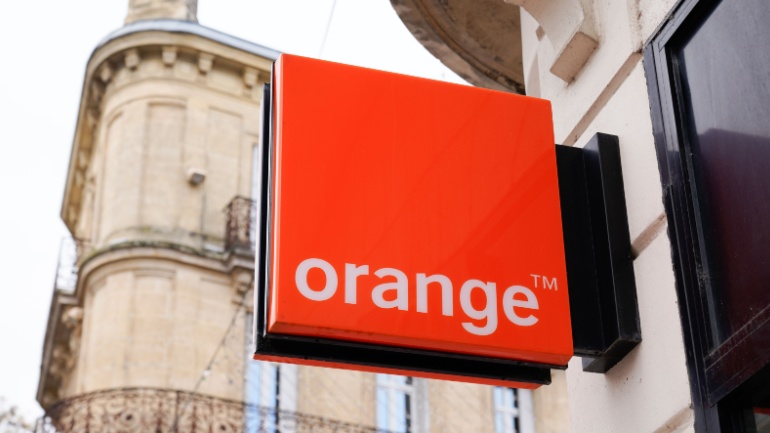Zoom has unveiled Workvivo by Zoom for its reseller partners, expanding access to the employee experience platform designed to streamline communication and boost engagement. This move follows Zoom’s acquisition of Workvivo in April 2023, aimed at enhancing its collaboration tools and providing innovative ways for businesses to keep employees informed and connected.
Orange Energies is broadening the reach of its Orange Smart Energies platform, offering prepaid access to energy through solar kits and smart meters to all energy producers across Africa. Launched in 2017, the Internet of Things (IoT) platform addresses profitability challenges by mitigating the risk of non-payment for energy providers.
Everton FC partnered with HPE’s Aruba to upgrade networking at their new stadium. Exertis and OpenText have enhanced their partnership to offer advanced security solutions. NEC and Ursa Space Systems are partnering to integrate NEC’s SAR satellite monitoring with Ursa Space’s global platform. Ericsson and Tomra collaborate to improve waste management with traceable recycling technology.
Samsung and MediaTek have successfully tested 5G Reduced Capability (RedCap) technology over virtualized Radio Access Networks (vRAN), potentially extending battery life for IoT devices. The test, carried out in Samsung’s R&D lab in Korea, utilized Samsung’s vRAN 3.0 software, OpenRAN compliant radio, and MediaTek’s M60 modem-equipped RedCap testing platform.
Soracom, Inc., a leading global provider of advanced Internet of Things (IoT) connectivity, has announced its inclusion in the Amazon Web Services (AWS) Independent Software Vendor (ISV) Accelerate Program. This program facilitates collaboration between AWS and its partners offering software solutions that run on or integrate with AWS.
Telefónica Tech and IBM have partnered to leverage the growing interest in AI among businesses. Initially focused on Spain, this collaboration aims to address various digital transformation challenges that companies face, particularly in integrating and maximizing data analytics and AI, including generative AI (GenAI).
In an effort to simplify broadband service switching for UK residents, the telecommunications regulator Ofcom has introduced new rules effective from 12 September 2024. To support this initiative, iconectiv UK Limited announced its registration as a Managed Access Provider (MAP) with The One Touch Switching Company (TOTSCo). This move will provide UK Communications Providers (CPs) with the necessary flexibility to comply with the evolving residential broadband market.
BT, a leading UK telecommunications company, has issued a detailed 40-page report in response to the proposed merger between Vodafone and Three. The report argues that the merger would create a dominant entity in the UK mobile market, possessing 61% of the network capacity, a level of control unprecedented in both the UK and Western Europe.
WBA’s new report promotes OpenRoaming™ and Passpoint technology to enhance public Wi-Fi interaction. Telecom operators might gain from providing content hubs for managing multiple subscriptions.
D&H Distributing starts FY 2025 strong with a 20% sales increase in key categories like cloud solutions and networking. Amdocs and Google Cloud collaborate to simplify eSIM activation. HP and Oxford Economics found that global leaders are highly enthusiastic about using technology.
Amazon’s Project Kuiper has entered into an agreement to offer low Earth orbit (LEO) satellite services across seven Latin American countries. This distribution deal with Vrio, the parent company of DirecTV Latin America and Sky Brasil, will see high-speed Internet services provided to Argentina, Brazil, Chile, Uruguay, Peru, Ecuador, and Colombia.













